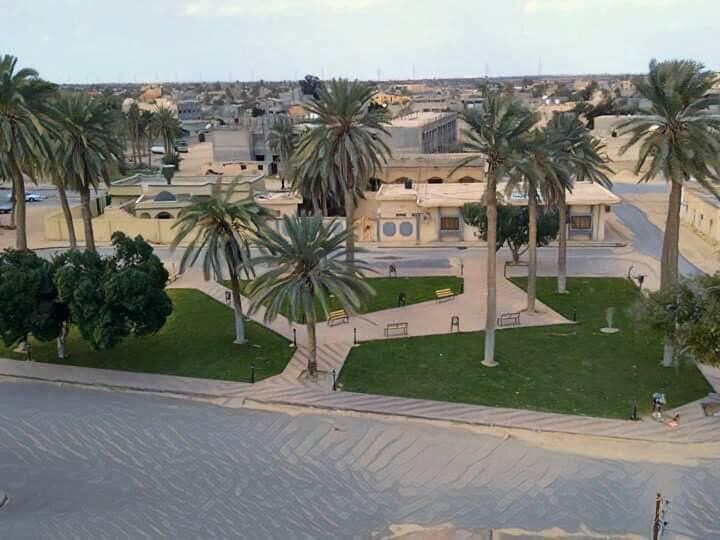It is a city in the district of Nuqat Al-Khams of northwestern Libya. It has a population of around 17,700 (2009),it is on the Mediterranean coast. It is located around 140 kilometres west of Tripoli.
It is bordered by the city of Zuwara to the east, the Tunisian border to the west, the Mediterranean Sea to the north, and the city of Riqdalin to the south. It is a pastoral land famous for the presence of multiple water wells, amounting to more than a hundred wells, the most famous of which are Al-Aweeniya - Shtiwa - Al-Zawkiyah.
History
The town has been in existence since, at least, Roman times. Archaeological excavations have uncovered, not only parts of the old town, but also Roman olive presses. At the beginning of the Italian invasion, it was the headquarters of the Mujahideen during the Battle of Sidi Said.
Many of the city’s sons were martyred against the Italian invasion, the most famous of which are "Al-Salami Abu Taima" who was executed in front of people in Tripoli by the Italians in 1942 AD, and "Abu Derbala", "Al-Hashani", "Al-Aaib" and "Al-Rahhal" in the "Battle of Sidi Said", North Zelten after great resistance from the Mujahideen in 1911 AD.
Economy
The surrounding area is dryland farming with barley, wheat, olives, dates, citrus fruits, figs, and grapes raised for export.
There is a secondary trade in livestock, primarily sheep, goats and camels, brought in from outlying communities.
Salt has been collected in pans since Roman times.
Zelten's closeness to the Tunisian border has made Zelten a regional center for trade.
Culture
There is a small museum in Zelten displaying some of the local archaeological finds, and there is an annual poetry festival.

